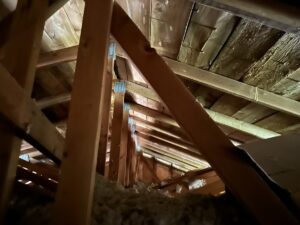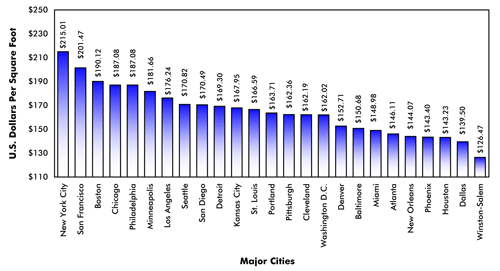When it comes to the world of construction it is tough to know when and how roof inspections work. So, let us break down what a roof inspection may look like for residential, new construction, or a re-roof. Depending on the jurisdiction, these guidelines may vary slightly so always verify with your local municipality before you start any project.

Roofing inspections can get complicated and many times things are missed causing costly delays. Understanding what your local building department is inspecting and when it needs to be inspected is important. This will ensure the project stays on time and on budget. When it comes to roofs there are typically 2-3 inspections required before a roof can be considered complete. You have a pre-inspection that is typically done on commercial buildings or low sloped buildings with a pitch of 3/12 or less. The pre-inspection is designed for the inspector to visually see the condition of the sub-roof, whether new or existing, validate the nailing pattern on the sub-roof, and determine if a mid-roof inspection or 2nd inspection will be needed. A mid-roof inspection or 2nd inspection is needed if the inspector determines items will be covered up and will not be visible at the final inspection. A mid-roof inspection is becoming a common requirement for many jurisdictions for all roofing types. During the mid-roof inspection, the inspector will look at the nailing pattern of the roofing, validate that the underlayment is properly installed, look at the flashing in areas that are needed to ensure they are compliant with local code, ensure the roof installation is correct and look at areas noted as “crucial” during the pre-inspection. The final Inspection will be the last inspection and the inspection that is required by all Jurisdictions. The final inspection will include walking the entire roof validating the nailing pattern, looking at the flashing in all respective areas, and overall ensuring the roof was complete to minimum code. Once the final inspection has been complete the roof will be signed off on by the inspector and the job is considered complete.
One thing that many homeowners or contractors do not realize is these inspections do not have to be done by a city, county, or regional inspector. In many areas, due to the volume of requested inspections or local requirements, a 3rd party company may conduct these inspections. By utilizing 3rd party companies to do these inspections, it better allows timelines and budgets to be met. Construction crews do not have to wait on the local inspectors and the worry about scheduling around the inspector’s time. Utilizing a 3rd party company better allows the construction crew to schedule around their timeline so they can stay on time and on budget.
If you are a contractor or homeowner thinking about putting a new roof on check with your local municipality and see if they allow the use of 3rd party companies for inspections. If they do, look for great experienced companies like EVstudio to perform them. Contact us so we can ensure your project stays on time and on budget.








